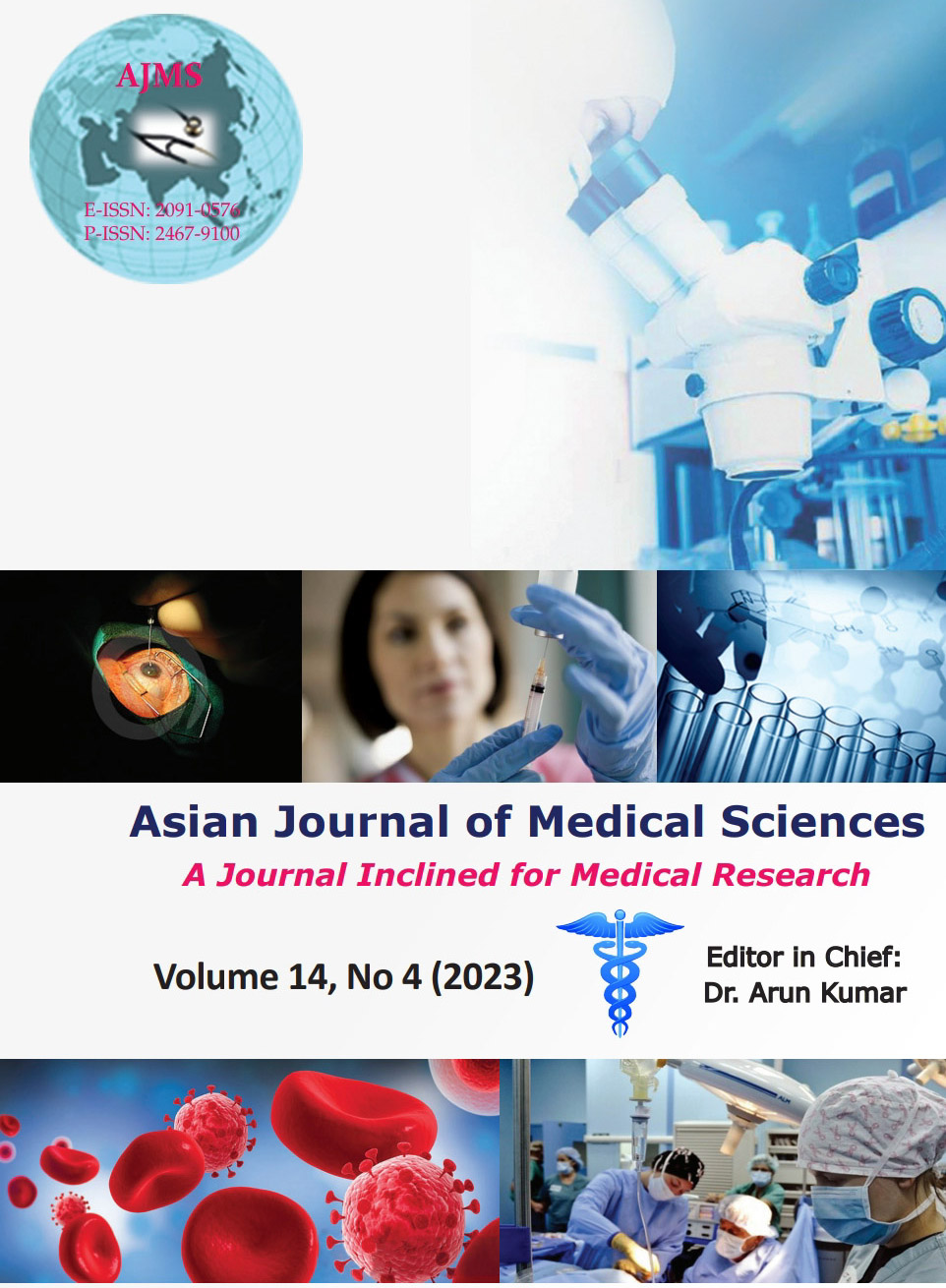Correlation analysis of HbA1c versus random, fasting, and postprandial glucose levels as predictors of glycemic control in type 2 diabetes patients
Keywords:
Diabetes; Fasting glucose; Hemoglobin; Postprandial glucose; Random glucoseAbstract
Background: Glycated Hemoglobin (HbA1c) is used for assessing glycemic control over the past 8–12 weeks. This is critical for determining the efficacy of diabetes treatment and predicting the progression of microvascular complications. However, in health-care situations where tests for HbA1c are either unavailable or unfeasible for any reason, clinicians rely only on plasma glucose values for assessing the glycemic control of the patient.
Aims and Objectives: The purpose of this study was to determine the relationship between HbA1c and fasting, postprandial, and random plasma glucose levels.
Materials and Methods: Routine blood samples obtained from the laboratory to measure HbA1c and plasma glucose (fasting/postprandial/random) were used for study. A total of 207 samples were used to investigate the relationship between HbA1c and fasting and postprandial glucose (PPG/PP). The correlation of HbA1c with random glucose values was investigated using 112 samples. HbA1c was estimated by immunoturbidimetry and glucose was estimated by hexokinase method. Pearson’s correlation analysis was done by SPSS version 20 software.
Results: The Pearson correlation coefficient (r) with regard to PPG/PP and HbA1c was 0.75 (P=0.01, 95% CI), fasting glucose and HbA1c was 0.73 (P=0.01, 95% CI), and random glucose and HbA1c was 0.59 (P=0.01, 95% CI).
Conclusion: PPG/PP correlates with HbA1c better than fasting or random glucose. When it is impossible to perform HbA1c measurements, PPG measurements should be used instead.
Downloads
Downloads
Published
How to Cite
Issue
Section
License
Copyright (c) 2023 Asian Journal of Medical Sciences

This work is licensed under a Creative Commons Attribution-NonCommercial 4.0 International License.
Authors who publish with this journal agree to the following terms:
- The journal holds copyright and publishes the work under a Creative Commons CC-BY-NC license that permits use, distribution and reprduction in any medium, provided the original work is properly cited and is not used for commercial purposes. The journal should be recognised as the original publisher of this work.
- Authors are able to enter into separate, additional contractual arrangements for the non-exclusive distribution of the journal's published version of the work (e.g., post it to an institutional repository or publish it in a book), with an acknowledgement of its initial publication in this journal.
- Authors are permitted and encouraged to post their work online (e.g., in institutional repositories or on their website) prior to and during the submission process, as it can lead to productive exchanges, as well as earlier and greater citation of published work (See The Effect of Open Access).




